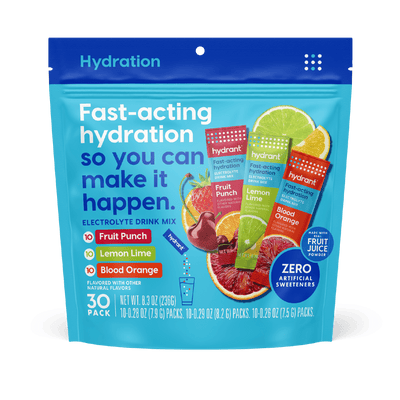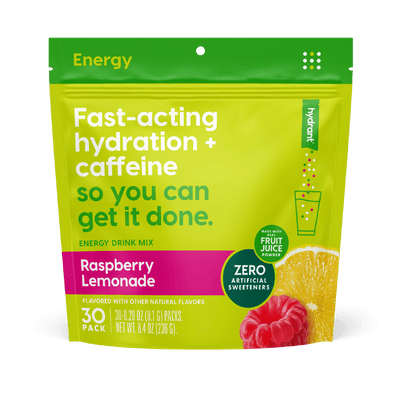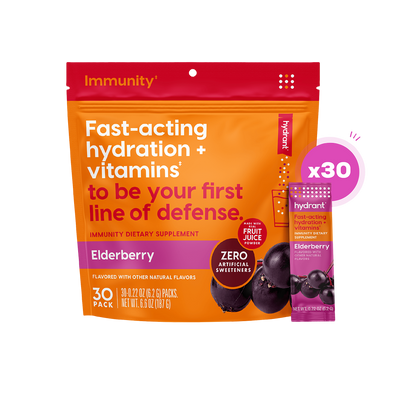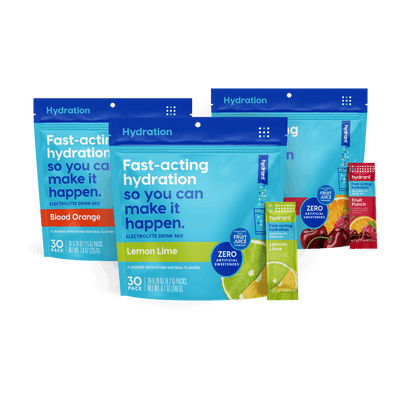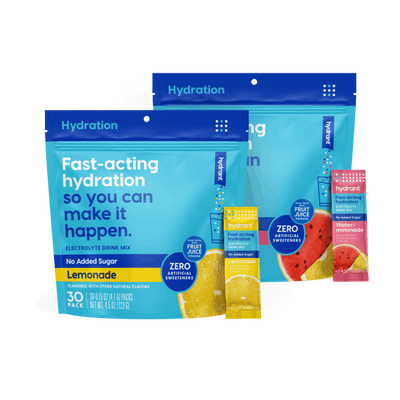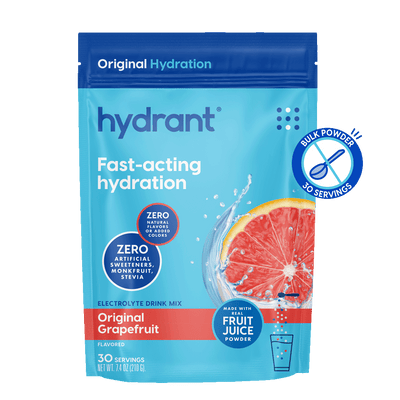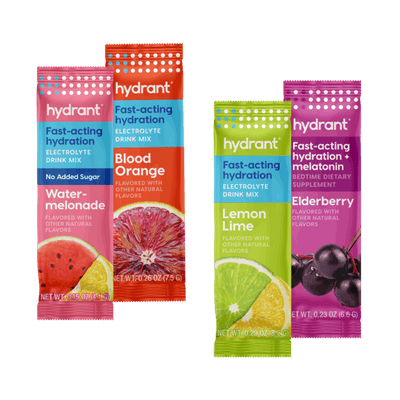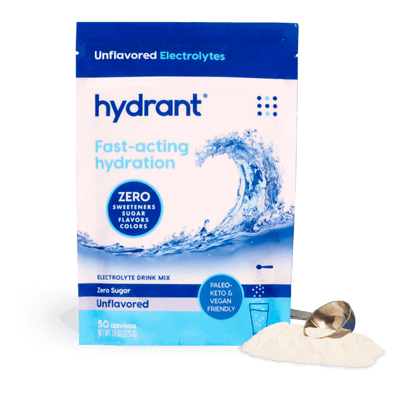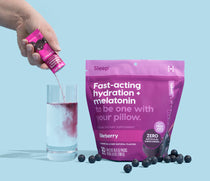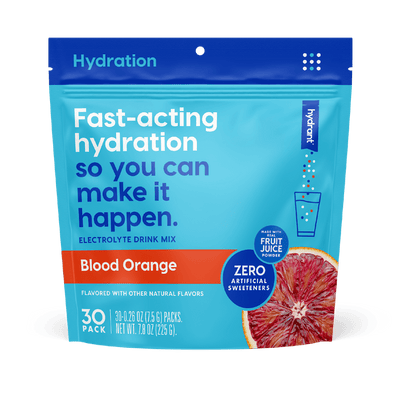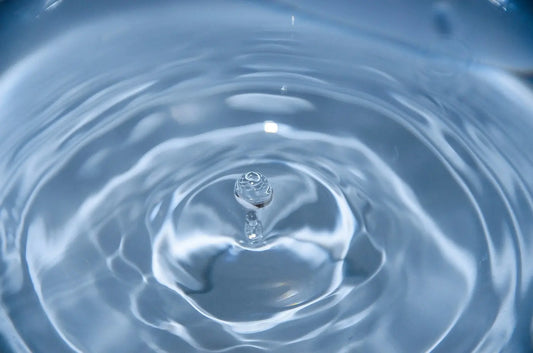What are the common signs of dehydration?
The first signs of dehydration are:
- Being Thirsty
- Urinating less often than usual
- Dark-coloured urine
- Dry skin
- Feeling tired
- Dizziness and fainting[1]
- Dry armpits[2]
Being thirsty is not actually a good early symptom of dehydration. By the time you feel thirsty you will already be dehydrated[3]. So don’t wait until you are thirsty to drink, but sip regularly throughout the day!
What are the signs of severe dehydration?

The main symptoms of severe dehydration are feeling weak and dizzy. Severe dehydration can lead to heat exhaustion, This sounds mild, but heat exhaustion can progress to heat stroke which can be fatal. You usually sweat to cool down, by evaporation, so if you don’t have enough water in your body then you will sweat less, leading to overheating[6]. Signs of heatstroke are rapid, shallow breathing, a rapid heart beat as well as confusion and loss of consciousness.[9]
What are the clinical signs of dehydration?
The above symptoms of dehydration are good for day to day use, as they are all easy to recognise at home. But some of them, like having a dry mouth or feeling thirsty, aren’t actually that great for clinical diagnosis of dehydration. Doctors instead use more quantitative, measurable, signs to work out how hydrated you are, including urine concentration, armpit sweat, fluid intake and also something called bioimpedance analysis of resistance[4] (this works out your total body water by passing an electrical current through the body and determining the resistance[5].
What are the early symptoms of dehydration in children?

Dehydration is a particular problem in toddlers, as when they sweat they will lose relatively more water than an adult. Monitoring the hydration of a child can be hard, but important as dehydration is associated with poorer overall health[3]. Some of the early signs of dehydration used in adults such as reduced urine output are difficult to detect in small children, even clinically.[7] But keep an eye out for a consistently dry diaper as one reliable sign.[8] We also wrote an article on the signs of dehydration in children, which you can find here.
Why do I get dehydrated from exercise?

A greater loss of weight shows greater fluid loss, a symptom of dehydration while exercising.[10] For every calorie burned, you need about 1ml of water, the more you exercise the more water you will need![9] You also need to keep cool when you exercise, so will sweat more. Weigh yourself before and after to determine weight change and therefore sweat rate during exercise.
How can dehydration be treated?
If you are severely dehydrated, then you might not be able to drink enough fluid to properly rehydrate yourself and may need intravenous fluid[5] . If you think you may be dehydrated but not severely, it is best to sip small amounts of water or other fluid replacement drinks over an extended period of time rather than drinking lots quickly. If you overload yourself, you will lose most of this fluid quickly as urine, or even make yourself throw up.[1] Drinking too much plain water can also cause hyponatremia (water intoxication) which is when sodium is too low in the body.[9] Similarly, if you’re losing lots of water through sweat, you will end up losing lots of sodium. This is where drinks like Hydrant are useful, as they add back both fluid and electrolytes like sodium in a balanced way that mimics your bodies natural state, and allows you to fully rehydrate.
Author: John Sherwin
References
[1] Dehydration: MedlinePlus. Medlineplus.gov (2018). (This is a great breakdown of many aspects of dehydration, easy reading)
[2] Shimizu, M, Physical signs of dehydration in the elderly, Internal Medicine, 51:10, 1207-1210, (2012). Dehydration is a big problem in the elderly, but difficult to identify at home or in care homes. This paper argues that armpit moisture is the best assessment measure to use.)
[3] Dehydration: KidsHealth. Kidshealth.org (2018). (explainer on why dehydration is a problem in children, and how to deal with it.)
[4] Hooper, L, Non-invasive clinical and physical signs, symptoms and indications for identification of impending and current water loss dehydration in older people: a diagnostic accuracy, European Geriatrics Medicine, 5suppl, 03.20, s69 (2014). (A review of the different early signs of dehydration that are commonly used in the elderly, and which are the most useful to use clinically.)
[5] Piccoli, A, A new method for monitoring hydration at high altitude by bioimpedance analysis, Med Sci Sports Exerc, 28: 12, 1517-1522 (1996) (This paper is quite difficult to follow, looking at a specific new technique for monitoring hydration at altitude, but have a look if you want to know more about bioimpedance analysis.)
[6] Joseph, S, Staving off heat exhaustion, Safety + Health, 65:7, 28 (2012). (Severe dehydration can lead to heat exhaustion, a problem in particular for those working outdoors in the heat.)
[7] Mackenzie, A, Clinical Signs of dehydration in children, The Lancet, 334:8663, 605-607, (1989) (Children can become dehydrated when ill in hospital. This article explains how this is best identified.)
[8] Phillips, J, Health focus, Dehydration: one hazard of summer sun, Speakin’ Out News, 11 (1998). (A brief article on the dangers of dehydration in children.)
[9] Corrales, R, Preventing and Treating dehydration, Au-Authm Action News, 24, (2010)
[10] Miller, T, Assessment of hydration status, practices and changes in hydration status during practices and fatigue levels among collegiate mens division 1 basketball players, Mendeley, (2000). (Hydration is a key component of athletic performance, but this paper assesses how it can be hard to maintain due to the dehydrating aspect of exercising.)
